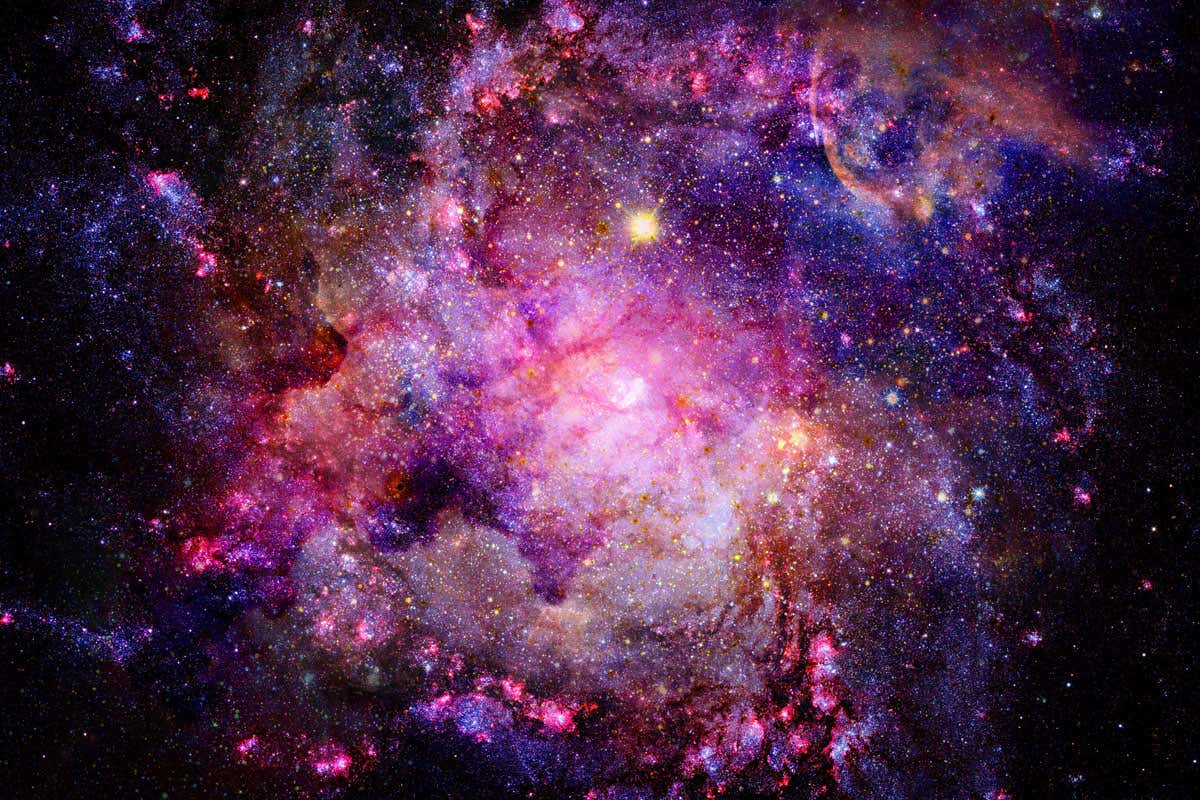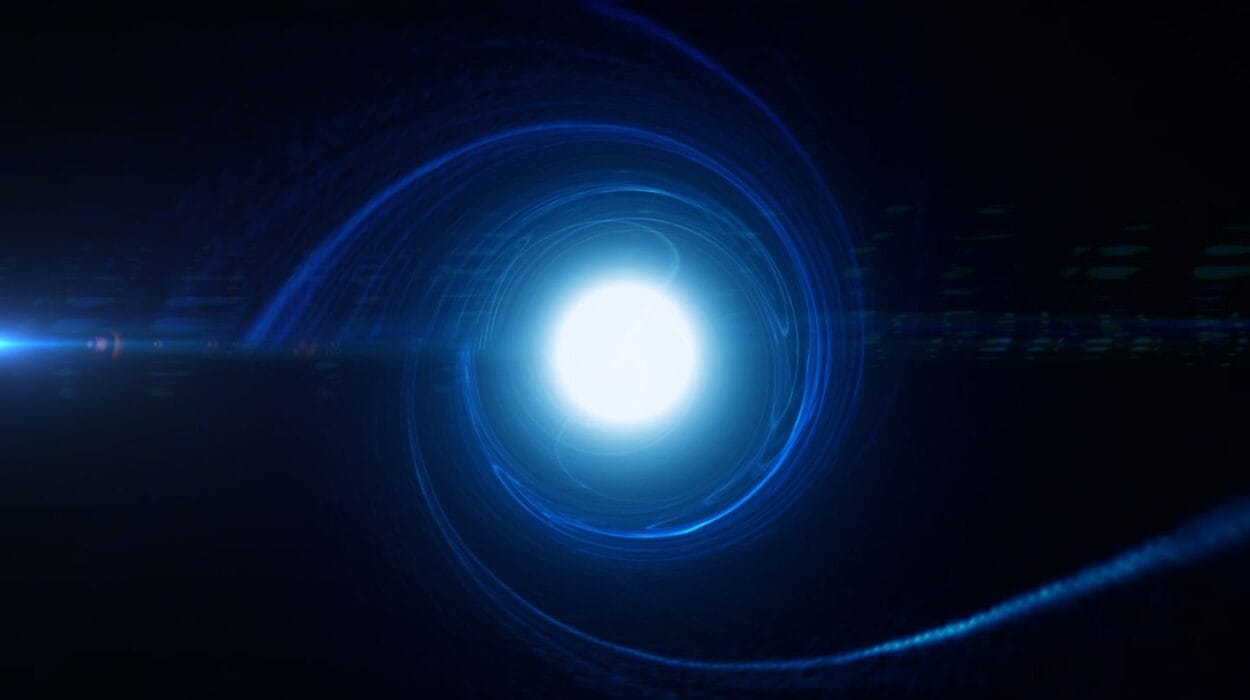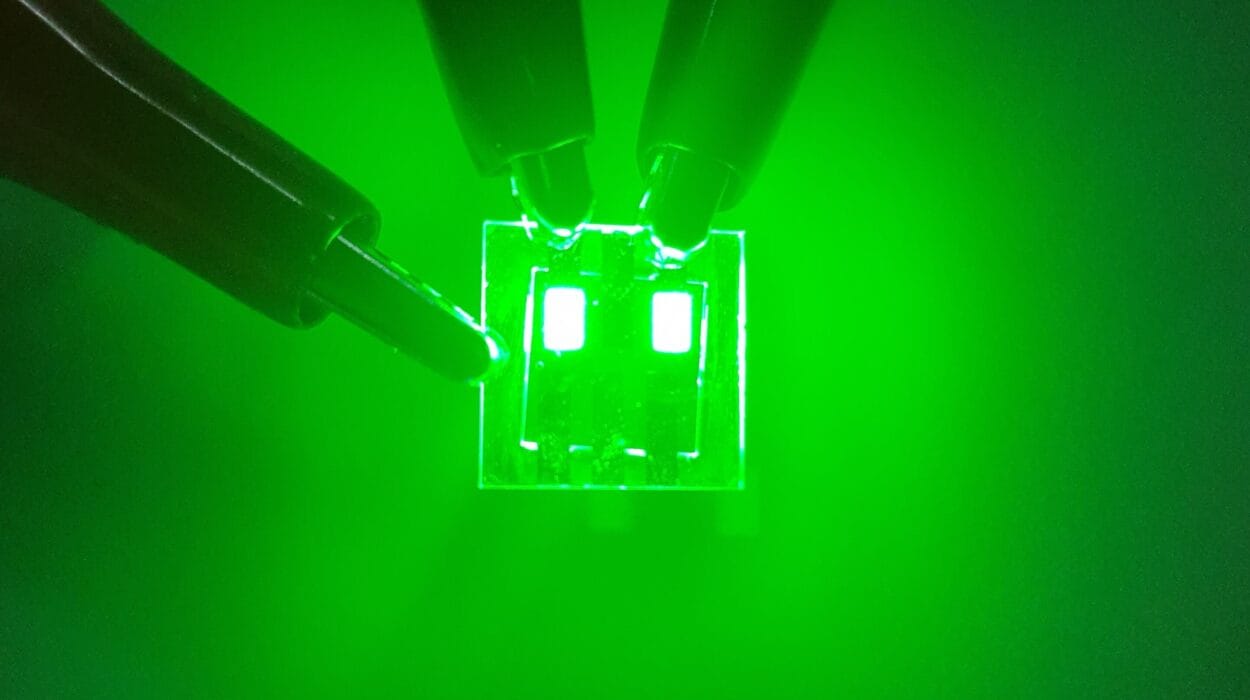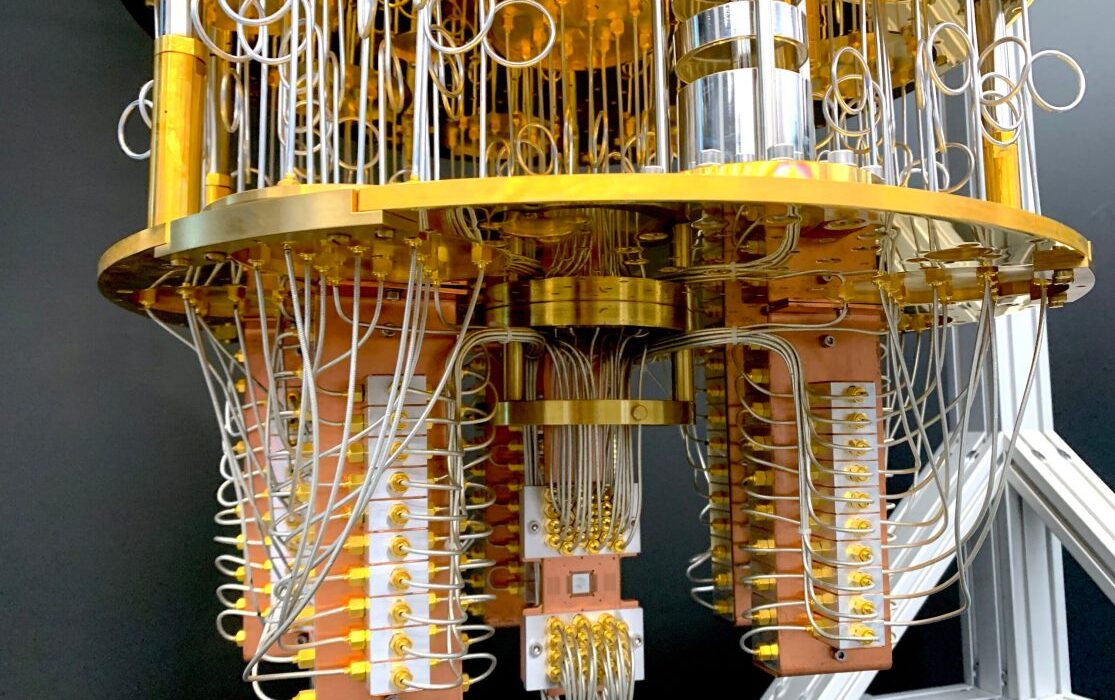What if everything we see—the stars, the particles, even the forces that hold the universe together—was not the result of invisible fields or mysterious particles, but of pure geometry? What if reality itself is shaped, quite literally, by the curvature and twists of space beyond our perception?
In a groundbreaking paper published in Nuclear Physics B, theoretical physicist Richard Pincak and his team have proposed a radical vision of the cosmos. They suggest that the fundamental forces of nature—gravity, electromagnetism, and even the mechanisms that give particles mass—may all arise from the geometry of hidden extra dimensions. Their work reimagines the universe not as a stage where physics happens, but as a living structure whose shape gives birth to everything we observe.
Beyond the Visible Universe
Modern physics already accepts that space and time are not passive. Einstein’s theory of general relativity taught us that gravity is geometry—matter curves spacetime, and that curvature guides the motion of matter. But Pincak’s work takes this principle even further, asking: What if the same geometric logic applies to all forces, not just gravity?
According to his research, the universe may include hidden extra dimensions curled up so tightly that they remain invisible to us. These aren’t flat or empty; instead, they form incredibly intricate shapes known as G₂-manifolds—seven-dimensional geometric objects that emerge naturally in string theory and M-theory. For decades, physicists have studied G₂-manifolds as static entities, mathematical curiosities that might explain the structure of fundamental particles.
But Pincak and his collaborators broke from tradition by considering these structures as dynamic, alive in time, capable of stretching, twisting, and evolving like organic systems.
Geometry That Breathes and Twists
Just as DNA coils into a helix and proteins fold into complex shapes, these seven-dimensional geometries may possess their own kind of internal torsion—a built-in twist that defines how they move and interact. “As in organic systems, such as the twisting of DNA or the handedness of amino acids, these extra-dimensional structures can possess torsion,” Pincak explains.
The team explored how these hidden spaces change over time under a mathematical process called the G₂–Ricci flow. In this framework, the geometry of the extra dimensions evolves until it stabilizes into solitons—stable, self-sustaining structures that resist decay. In the physical universe, such solitons could correspond to particles or field configurations, hinting that matter itself may arise from stable patterns in the geometry of higher dimensions.
Geometry as the Source of Mass
One of the most intriguing implications of the study challenges one of the pillars of modern physics: the Higgs mechanism. In the Standard Model, particles gain mass through their interaction with the Higgs field, an invisible energy field that pervades space. When particles move through this field, they experience resistance—like swimmers moving through water—and this resistance manifests as mass.
But Pincak’s geometric model offers an entirely different view. Instead of a Higgs field, mass could emerge from the resistance of geometry itself—from the torsion and curvature of the hidden dimensions. “In our picture,” he explains, “matter emerges from the resistance of geometry itself, not from an external field.”
This idea transforms the way we think about existence. Mass, in this view, is not something added to particles; it is an expression of the universe’s geometry—how space folds, twists, and endures. Just as the tightness of a spring determines how much energy it stores, the twist of the hidden geometry could determine the mass of a particle.
A Universe Woven by Geometry
The implications reach far beyond particle physics. If torsion in extra dimensions can produce mass, it might also influence the curvature of spacetime in our visible universe. This could provide a geometric explanation for the cosmological constant—the mysterious energy that drives the accelerating expansion of the cosmos.
In other words, dark energy might not be a new force at all, but simply a geometric effect of extra dimensions subtly curving and twisting beyond our view. The same hidden shapes that define the mass of particles could also be stretching the fabric of the cosmos.
The theory even predicts the possible existence of a new kind of particle, the “Torstone.” This hypothetical particle would be a physical manifestation of torsion—geometry turned into matter. Detecting it could provide evidence that geometry truly underlies all of physics, uniting the forces of nature under one elegant framework.
Extending Einstein’s Vision
Einstein’s theory of general relativity revealed that gravity is not a force transmitted through space, but a manifestation of space itself. Mass tells space how to curve, and space tells mass how to move. This realization redefined our understanding of the universe—but it left a crucial question unanswered: Why should gravity alone arise from geometry?
Pincak’s research suggests that Einstein’s insight might have been only the beginning. Perhaps every interaction in nature—from electromagnetism to the weak and strong nuclear forces—emerges from the same underlying geometric structure. “Nature often prefers simple solutions,” Pincak notes. “Perhaps the masses of the W and Z bosons come not from the famous Higgs field, but directly from the geometry of seven-dimensional space.”
This vision of physics is both daring and poetic. It invites us to see the universe not as a machine built from separate parts, but as a single, seamless fabric where form gives rise to function, and structure gives rise to substance.
The Beauty of Simplicity
The elegance of Pincak’s theory lies in its simplicity. Instead of adding new forces or fields to explain the universe’s behavior, it asks us to look deeper into what already exists: space itself. If the shapes of hidden dimensions truly encode the laws of physics, then everything we know—energy, matter, light, even the passage of time—emerges naturally from geometry’s silent order.
This approach echoes one of the most profound truths in science: complexity often arises from simplicity. From a few basic laws, nature produces galaxies, DNA, consciousness, and life. In Pincak’s model, the universe’s diversity comes from the geometry of a higher-dimensional reality—a cosmic architecture whose patterns we are only beginning to glimpse.
Searching for the Torstone
The next step, of course, is to find evidence. Could the “Torstone,” the proposed particle born from geometric torsion, actually exist? If so, it might leave traces in high-energy experiments like those conducted at the Large Hadron Collider (LHC) or future particle accelerators. It could reveal itself through subtle effects in particle masses, decay rates, or interactions that deviate from Standard Model predictions.
If discovered, the Torstone would not only validate Pincak’s theory but also bridge the gap between Einstein’s geometry of spacetime and the quantum realm—a unification physicists have sought for a century.
A Universe Written in Curves
The deeper message of this theory is both humbling and inspiring. It reminds us that reality may not be built from independent ingredients, but from relationships—how space bends, twists, and flows. Geometry is not just a mathematical abstraction; it is the language of existence.
To imagine that the universe’s fundamental particles are born from the shapes of unseen dimensions is to glimpse something profoundly beautiful: that all of creation might be the expression of form itself.
From the spiraling galaxies in the night sky to the minute spin of an electron, everything may share a common origin—the silent geometry of space unfolding through time.
More information: Richard Pinčák et al, Introduction of the G2-Ricci flow: Geometric implications for spontaneous symmetry breaking and gauge boson masses, Nuclear Physics B (2025). DOI: 10.1016/j.nuclphysb.2025.116959






